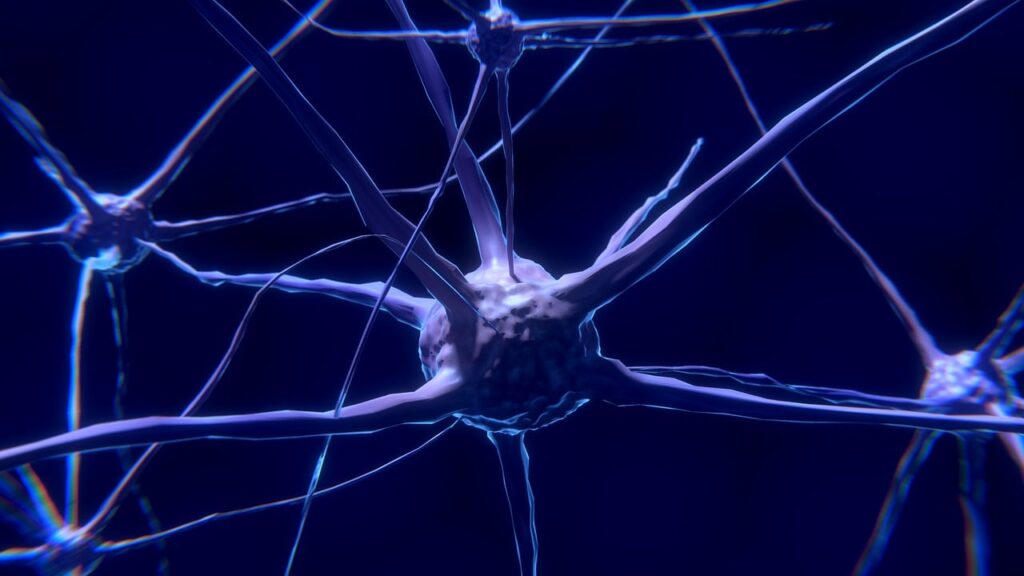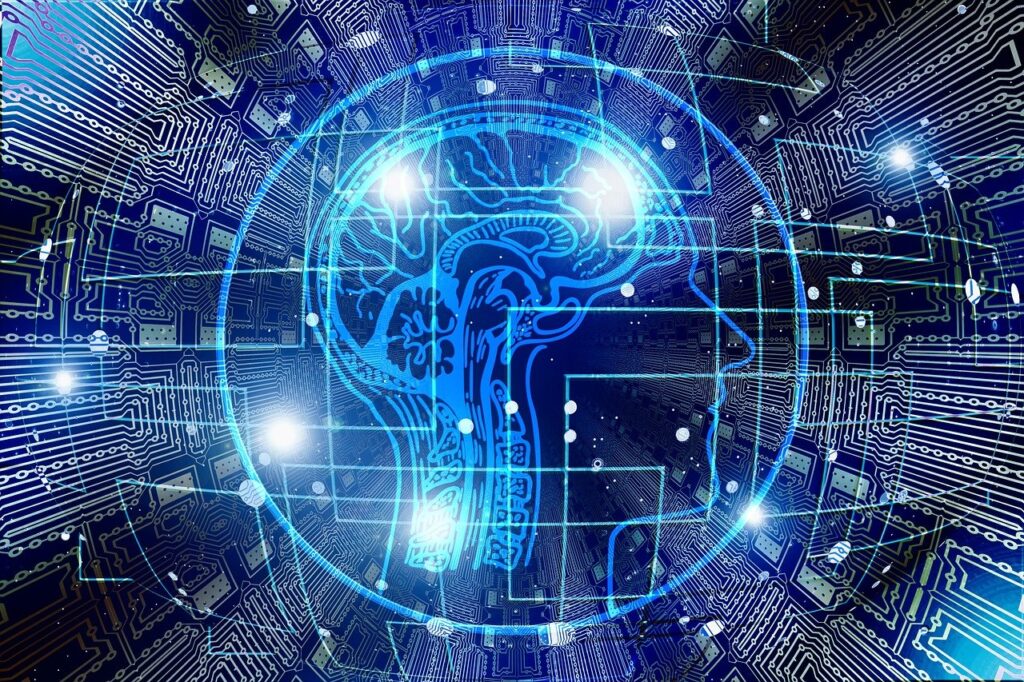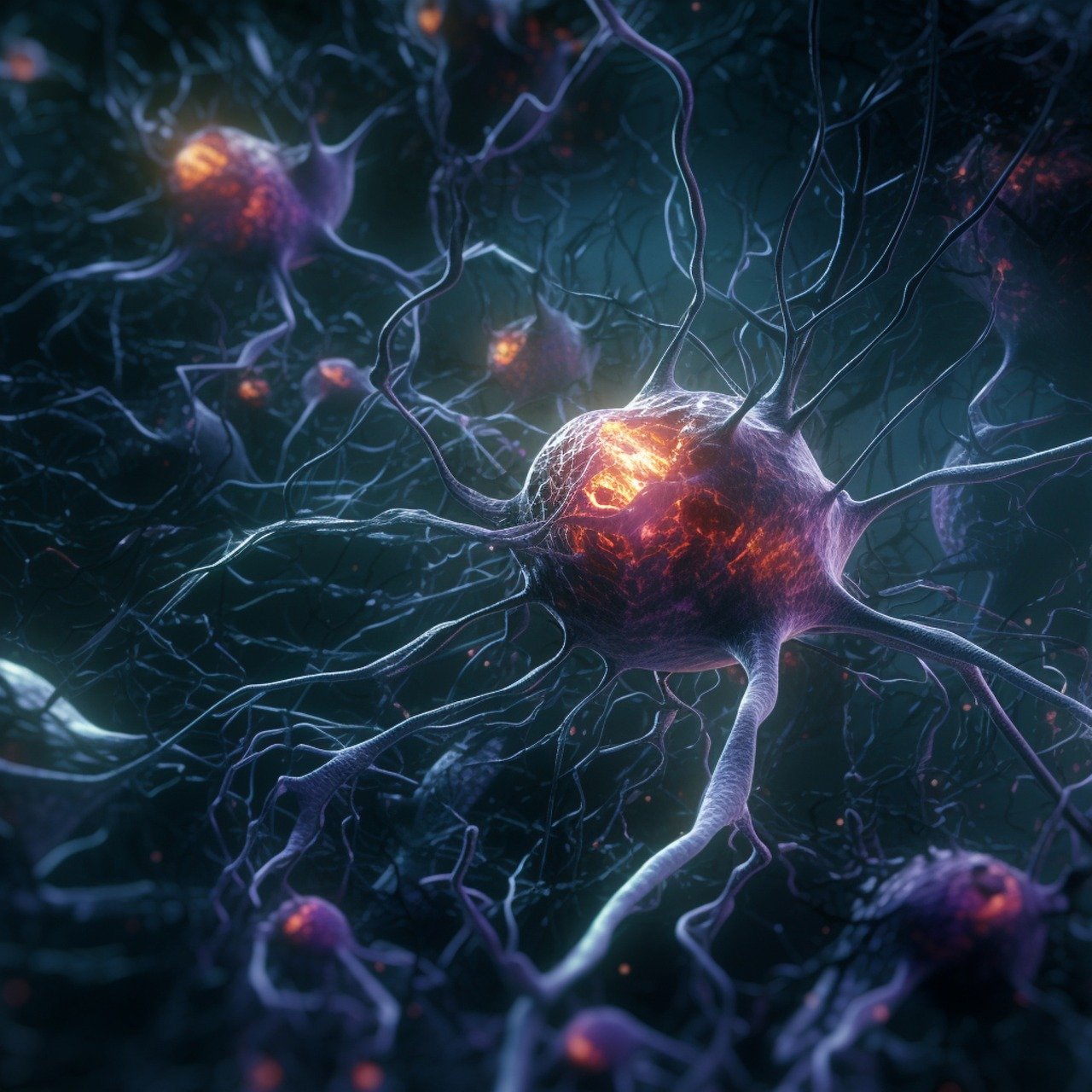Table of Contents
Unlocking the Mysteries of the Mind: A Journey into Neuroscience
Neuroscience: An Introduction
Neuroscience, the study of the nervous system, is a field of science that has been making remarkable strides in recent years. This captivating discipline delves into the complexities of the human brain, deciphering its functions, structure, and the mechanisms underlying our thoughts, emotions, and behaviors. In this article, we will explore the world of neuroscience, its significance, and the incredible breakthroughs that are reshaping our understanding of the brain. So, let’s embark on this enlightening journey with “neuroscience”.
Understanding the Basic of Neuroscience:
What is Neuroscience?
Neuroscience, derived from the fusion of two Greek words, “neuron” (nerve) and “skopein” (to look at or examine), is the scientific study of the nervous system. This broad field encompasses a multitude of disciplines, including neurobiology, neurophysiology, and psychology, all aimed at comprehending the intricacies of the nervous system.
The Significance of Neuroscience
The nervous system is the control center of our bodies, consisting of the brain, spinal cord, and an extensive network of nerves. Understanding how it works is crucial for a variety of reasons, including:
- Medical Advancements: Neuroscience underpins medical research and treatments for neurological disorders like Alzheimer’s, Parkinson’s, and epilepsy.
- Enhanced Learning and Cognition: Insights from neuroscience can improve educational strategies and cognitive therapies.
- Mental Health: Neuroscientific research helps in understanding and treating mental health conditions, such as depression, anxiety, and schizophrenia.
- Neuropharmacology: Pharmaceuticals for treating conditions such as ADHD and bipolar disorder are developed based on neuroscience.
- AI and Robotics: Neuroscience has inspired advancements in artificial intelligence and robotics, enabling machines to mimic human thought processes.
Unraveling the Brain’s Mysteries
Structure of the Brain:
The human brain is an extraordinary organ composed of billions of neurons interconnected by trillions of synapses. It’s divided into various regions, each responsible for distinct functions. These regions include the frontal lobe (associated with decision-making), the occipital lobe (responsible for vision), and the temporal lobe (involved in auditory processing).
Neurons and Synapses:
Neurons are the building blocks of the nervous system, transmitting electrical and chemical signals. Each neuron can have thousands of synapses, enabling complex neural networks. This interconnectedness is what allows us to think, feel, and act.

Neuroplasticity:
Neuroplasticity is the brain’s remarkable ability to adapt and reorganize itself. This capability is the foundation of learning and memory. It’s a key focus in neuroscience, as understanding it can help develop treatments for brain injuries and neurodegenerative diseases.
The Intersection of Neuroscience and Technology
1 Brain Imaging Techniques:
One of the most exciting aspects of modern neuroscience is the development of advanced brain imaging techniques. Magnetic Resonance Imaging (MRI) and Functional MRI (fMRI) allow scientists to non-invasively study the brain’s structure and function. These tools have been instrumental in understanding conditions like Alzheimer’s disease and schizophrenia.
2 The Rise of Neuroinformatics:
Neuroinformatics is an emerging field that merges neuroscience with computer science. It involves storing, analyzing, and sharing massive datasets related to the brain. This interdisciplinary approach facilitates collaboration among researchers worldwide and accelerates discoveries.
Neuroscience and Everyday Life
4.1 Implications for Education:
Neuroscience findings have far-reaching implications for education. Researchers are studying how the brain learns, retains information, and how factors like sleep and nutrition affect cognition. This information can help educators design more effective teaching methods.
4.2 Mental Health and Well-being:
Understanding the brain is crucial for mental health. Treatments for mental health conditions have improved as we’ve gained insights into the neural processes underlying disorders like depression and anxiety. This knowledge is transforming psychotherapy and drug treatments.
4.3 Artificial Intelligence and Robotics:
Artificial intelligence (AI) and robotics are increasingly borrowing principles from neuroscience to create smarter, more adaptable machines. This intersection has given rise to advancements in areas such as natural language processing, computer vision, and autonomous robots.

Breakthroughs and Future Prospects:
5.1 Optogenetics: Shedding Light on Neurons
Optogenetics is a groundbreaking technique that allows scientists to control neurons with light. By introducing light-sensitive proteins into specific neurons, researchers can turn them on or off at will. This technique has been invaluable in understanding brain function and is being explored as a potential therapy for neurological disorders.
5.2 Brain-Computer Interfaces (BCIs):
BCIs are devices that bridge the gap between the brain and external systems, enabling direct communication between the two. They hold immense promise for individuals with paralysis, as they can be used to control robotic limbs or computer software through thoughts alone.
5.3 The Promise of Personalized Medicine:
As our understanding of individual genetic and neural differences grows, personalized medicine in the field of neuroscience is becoming more feasible. Tailoring treatments and interventions to a person’s unique brain structure and function holds great potential for improving outcomes in neurodegenerative diseases and mental health.
Conclusion
Neuroscience is a captivating and ever-evolving field that promises to unlock the mysteries of the human brain. Its significance in medicine, education, and technology is profound. With groundbreaking discoveries in optogenetics, brain-computer interfaces, and the prospects of personalized medicine, we are on the brink of a neuroscientific revolution. As we continue to explore the wonders of the brain, the possibilities are limitless, and neuroscience is sure to remain a keyword in the ongoing story of human understanding and advancement. So, whether you’re a curious student, a dedicated scientist, or simply someone interested in the human mind, there has never been a more exciting time to delve into the captivating world of neuroscience.
Frequently Asked Questions
1. What is neuroscience, and why is it important?
- Neuroscience is the scientific study of the nervous system, including the brain, spinal cord, and nerves. It’s essential because it helps us understand how our brain functions, which, in turn, impacts our thoughts, emotions, and behaviors. This knowledge is crucial for advancements in medicine, mental health, education, and technology.
2. How does neuroplasticity work, and why is it significant?
- Neuroplasticity is the brain’s ability to adapt and rewire itself. It’s essential because it underpins learning, memory, and recovery after brain injuries. Understanding neuroplasticity can lead to improved treatments and therapies for various neurological conditions.
3. How are brain imaging techniques like MRI and fMRI used in neuroscience?
- Magnetic Resonance Imaging (MRI) and Functional MRI (fMRI) are non-invasive tools used to study the brain’s structure and function. Researchers utilize them to investigate brain disorders, cognitive processes, and the effects of various interventions, contributing to significant insights in the field.
4. What are the latest breakthroughs in neuroscience, and how do they impact our lives?
- Recent developments in neuroscience include optogenetics, brain-computer interfaces (BCIs), and the potential for personalized medicine. Optogenetics allows scientists to control neurons with light, BCIs enable direct brain-computer communication, and personalized medicine holds promise for tailoring treatments to an individual’s unique brain structure, improving outcomes in neurological and mental health disorders. These breakthroughs are reshaping healthcare, technology, and our understanding of the brain.





One thought on ““What Is Neuroscience and Why Is It Important?””